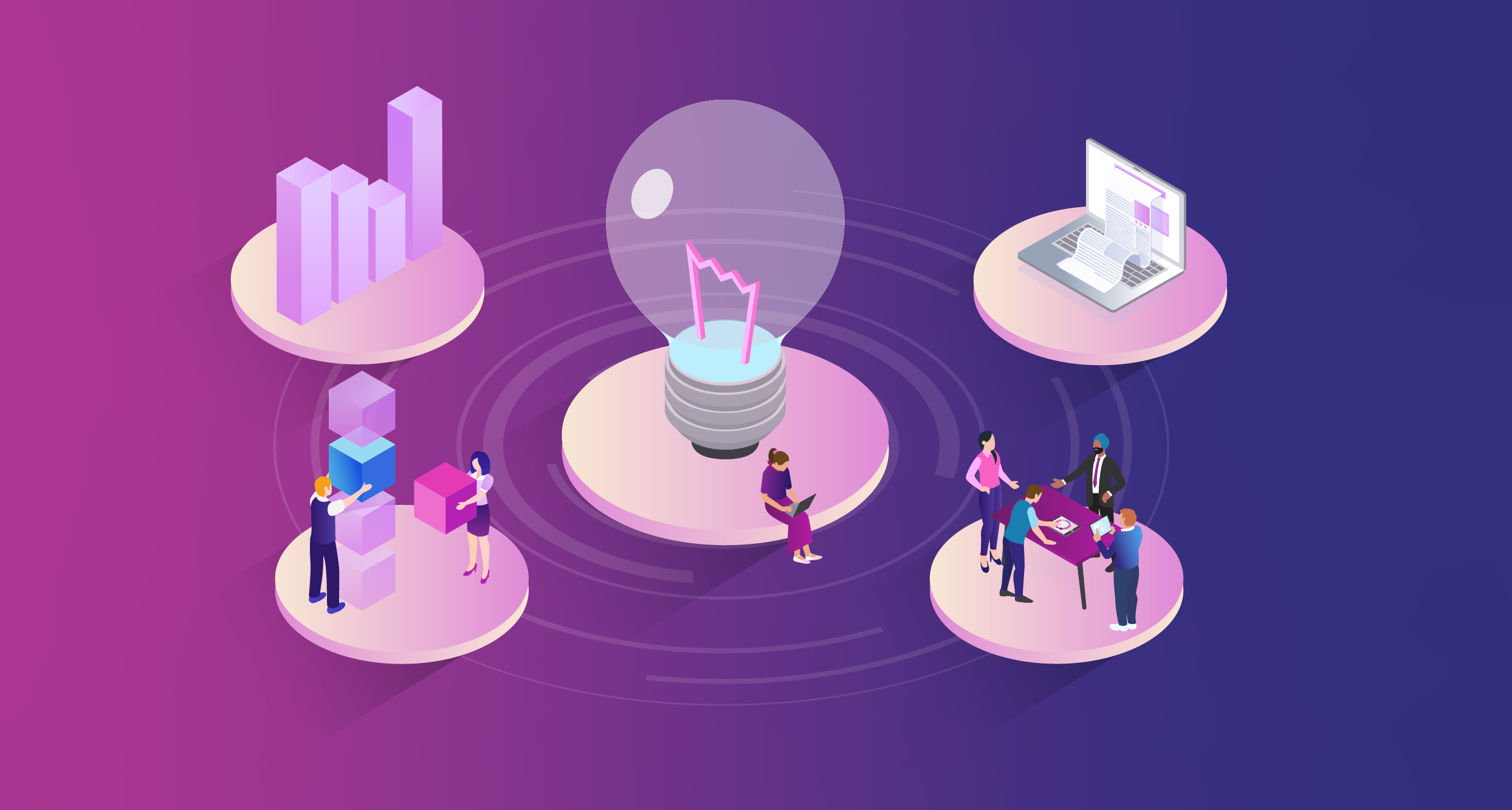The Flip Side of Customer Experience: Why Every CTO Needs to Prioritize Operational Experience
“Elevate the customer experience” is the ultimate business mantra. This may seem like a simple goal, but it is one that requires complex execution: make user experiences frictionless, consistent, personalized, delightful, and meaningful.
The typical focus for companies is to understand customer journeys across all channels, optimize for personalization, preemption, and stickiness, and create websites, applications, portals, and kiosks that enchant the users.
But it is critical that this focus is not one-sided. The best customer experience stands on the shoulders of operational experience. Before a company can enchant its customers, it needs to master its technology operations.
This article proposes a framework—the five layers of operational experience—that every CIO or CTO can use to build their company’s technology foundation.
The Need for Operational Experience
- According to a recent study by IDC, organizations go through an average of 10 hours of unplanned downtime per year, which costs them an average of $5.6 million per year.
- According to a survey by Akamai, 83% of online shoppers expect a seamless experience across all devices, and 47% expect a web page to load in two seconds or less.
- According to a study by IBM Security, the average total cost of a data breach in 2022 was $4.35 million.
A lack of focus on operational experience can result in significant negative consequences such as downtime, slow performance, and security breaches, all of which can harm the customer experience.
The 5 Layers of Operational Experience
In our model, there are 5 layers (or stages) to the Operational Experience:
- Availability (“Lights On”)
- Efficiency & Speed
- Safety & Security
- Observability & Maintainability
- Predictability & Proactivity
Availability or “Keeping the Lights On”
At the foundational level, it is critical to ensure that your technology is always up and running. Customers expect your platform to be available whenever they need it, and any downtime or disruption can have a significant impact on their experience. This means monitoring the availability and uptime of your systems and ensuring that any issues are identified and resolved quickly.
The Need for Efficiency & Speed
Optimizing performance to ensure that the technology works quickly and efficiently is the next layer of managing operational experience. This means not only minimizing latency and maximizing throughput, but also achieving high availability, scalability, and resiliency. Customers demand fast and seamless experiences, so this layer is essential in order to meet their expectations.
Safety & Security
Another essential layer is ensuring that your technology is safe and secure. This means implementing security protocols like encryption, access controls, and vulnerability scanning, monitoring for any suspicious activity, and protecting and recovering from any sort of outside threats or malicious attacks.
Observability & Maintainability
Observability and maintainability form the next layer of optimizing operational experience. It’s important to have real-time visibility into how your technology is performing and what’s happening under the hood, so you can quickly diagnose and resolve issues. This is usually riddled with challenges due to technical debts and to the inherent complexity of distributed systems.
Predictability & Proactivity
The ultimate goal of perfecting the operational experience is to make the technology predictable and enable proactive actions. By anticipating issues before they occur, and automatically responding to them, you can minimize the impact on customer experience. This is the domain of AIOps—which requires a combination of machine learning, AI, and human expertise. Predictive analytics, anomaly detection, and intelligent automation are some of the tools and techniques that can help achieve this layer.
|
Optimizing the Operational Experience |
Examples of Tools and Methods |
|---|---|
|
Availability (Keep the Lights On) |
Log aggregation platforms such as Splunk and ELK Stack can help by providing a centralized view of all system logs and metrics. |
|
Speed & Efficiency |
APM tools like New Relic and Datadog can help by providing real-time visibility into system performance, identifying bottlenecks and slowdowns, and suggesting optimizations |
|
Safety & Security |
Security Information and Event Management (SIEM) platforms like Splunk Enterprise Security and IBM QRadar. Services like Cloudflare provide protection against DDoS attacks, web application firewall (WAF), content delivery network (CDN), and SSL/TLS encryption. |
|
Observability & Maintainability |
Adopting solid DevOps practices Use observability tools and platforms such as Prometheus, Grafana, Sumo Logic, Elastic Stack or Splunk. |
|
Predictability & Proactivity |
Use anomaly detection platforms like Dynatrace and Splunk IT Service Intelligence can help with this by identifying patterns of behavior that could indicate issues and recommending actions to resolve. |
The Yin and Yang of Customer and Operational Experience
Optimizing the operational experience is not just the foundation to customer experience. It is also its flip side, the yin to its yang.
- Whereas the goal of customer experience is revenue maximization, operational experience is about minimizing revenue loss and cost exposure.
- Whereas the focus of customer experience is the end-customer, operational experience is about helping the internal users.
Leading companies put significant resources into maintaining a high level of trust in their operational capabilities. We often collaborate with their IT Operations, Engineering Teams, Production Support, or Infrastructure Teams who are tasked with owning and overseeing not just the maintenance of the technology platform, but also the continued investment in innovative and new technologies.
As outside experts, we help evaluate and prioritize ideas, quantify their potential impact to justify cost increases or investments, implement new solutions, and select the appropriate technology partners. We also help run and operate their technology platforms.
While these functions can be filled by internal staff, external perspectives, fresh ideas and efficient access to top operational talent will help maintain a competitive edge in the race for customer experience.
It's not enough for companies to focus solely on customer journeys. Prioritizing operational experience through a strong platform is equally crucial. We believe that the five layers provide a framework for CIOs and CTOs to ensure that their company's technology is built to maximize both and achieve business success.


